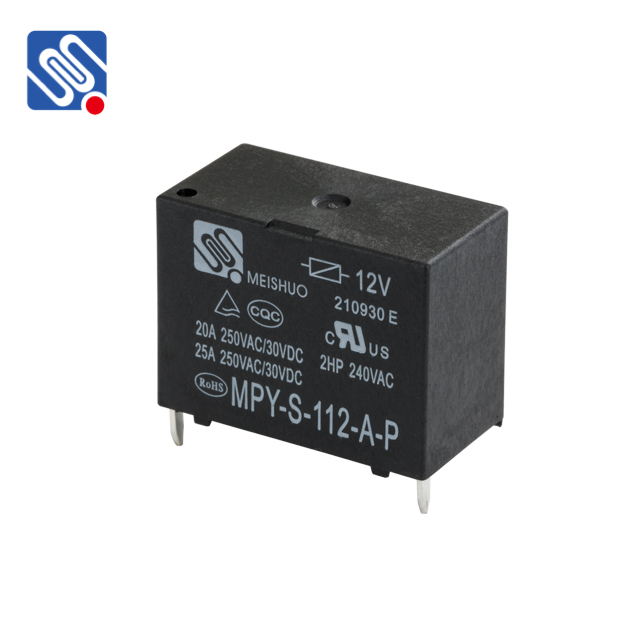understanding relay voltage rating: importance and applications
Release time:2025-06-27 12:12:16
Relays are crucial components in electrical circuits, widely used for switching and controlling devices. Among the various specifications that define a relay, its voltage rating is one of the most important. The relay voltage rating determines the maximum voltage the relay can handle safely without failure. Understanding this rating is critical to ensuring the reliability and safety of electrical systems. In this article, we will explore the significance of the relay voltage rating, how it impacts performance, and how to choose the right relay for specific applications.

What is Relay Voltage Rating?
The voltage rating of a relay refers to the maximum voltage that can be applied to the relay's contacts without causing damage to the internal components. Relays are typically designed to operate at specific voltage levels for both the coil and the contacts. These ratings are crucial for preventing electrical arcing, overheating, or breakdown of insulation within the relay. The voltage rating applies to both the operating voltage of the relay’s coil (the control side) and the maximum voltage that the relay’s contacts can handle when they are in the open or closed position (the switching side).

